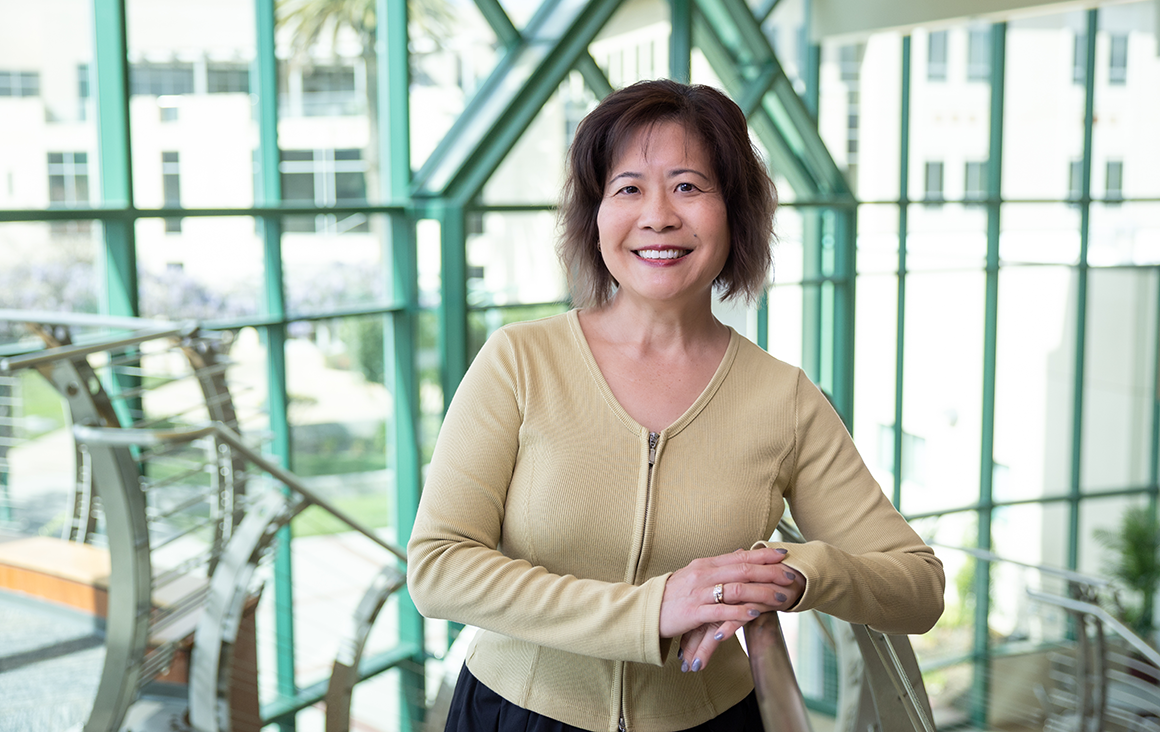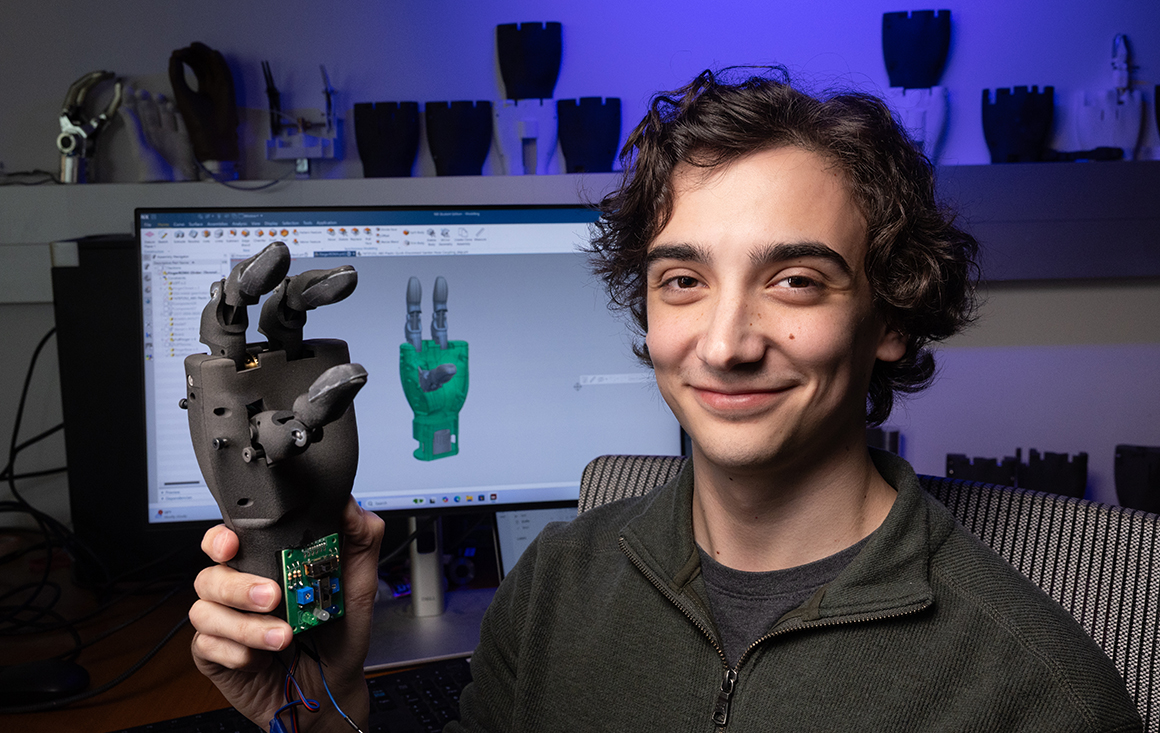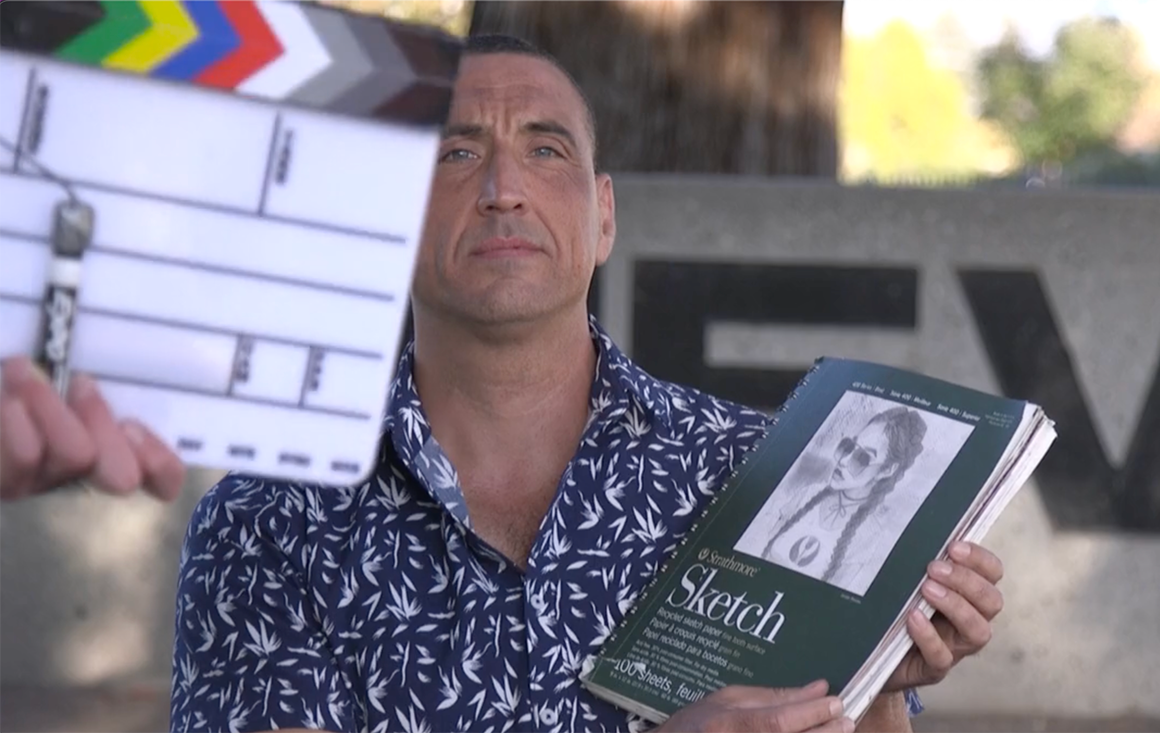Microscopic Strokes of Genius

Treating cancer is like using a cannon to swat a fly. Chemotherapy and radiation are powerful tools, but their use can destroy as many healthy cells as cancerous ones, leading to side effects like fatigue, weakened immune systems, and hair loss.
On Shun Pak saw the human impact of these aggressive treatments first-hand when his younger brother was diagnosed with terminal cancer during Pak’s college years.
“When you walk into a children’s cancer hospital, the weight of it hits you,” Pak recalls. “You see kids who should be running around on playgrounds or laughing in school, but instead, they’re confined to hospital rooms, their small frames weakened by treatment. It was heartbreaking but it also fueled my desire to do something meaningful to help those in need.”
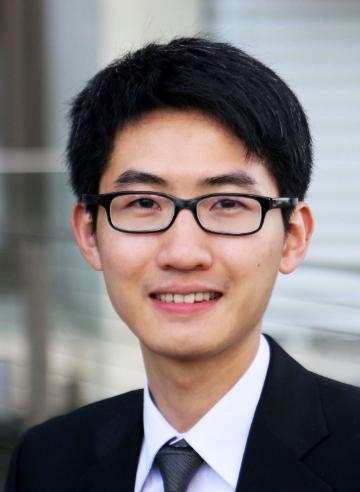
On Shun Pak
As he approached the completion of his undergraduate studies in mechanical engineering, his brother’s condition inspired him to pursue graduate research at the intersection of mechanical engineering and biology, exploring new possibilities in biomedical innovation.
Now an associate professor of mechanical engineering at Santa Clara University, Pak is continuing this crusade with recent funding from the National Science Foundation to expand his research in micro-swimmers—an area of study that connects fluid dynamics with biology by studying how bacteria, sperm cells, and other micro-organisms move through fluids.
His hope? That his models will have life-saving and potentially cancer-curing biomedical applications.
Medicine and motion on the micro-scale
Instead of aggressive full-body chemotherapy, what if doctors could send medication directly to tumors and cancerous cells with the precision used in unmanned deep-sea submersibles or Mars rovers?
With recent advances in the new frontier of micro and nano-robotics, the possibilities are far from science fiction, says Pak.
Micro and nano-robots—which include biological or man-made functional materials, devices, and systems—are designed by scientists and engineers across disciplines at a scale comparable to cells and bacteria. When you have something that size that can be programmed to swim like microorganisms, these tiny machines hold promise for a range of medical applications, from precisely delivering drugs to tumor sites or breaking up blood clots.
But building tiny bots isn’t so simple—shrinking down bigger machines doesn’t mean they’ll work the same way at the microscopic scale.
Imagine a world-class swimmer like Michael Phelps effortlessly gliding through the water. If you shrunk Phelps down to the size of cells and bacteria, those swimming techniques would no longer be effective, Pak explains.
“The physics of swimming at the microscopic scale is very different. You can no longer rely on inertia. It would be like a person trying to swim through a pool of thick honey.”
So, to come up with a solution, Pak looks to Mother Nature, which has plenty of micro-swimmers—including bacteria, sperm cells, and algae—that are adept at moving through complex fluids, like mucus and blood.
Pak’s research currently focuses on bacterial swimming motion, particularly the E. coli bacteria. Instead of breaststrokes, these bacteria rely on flagella, or tails, to swim. The flagella have a helical shape, like a spring, and rotate like a wine opener to propel the bacteria through viscous, complex fluids.
What is the ideal combination of flagellar shape, rotation speed, and number of turns for optimal bacterial swimming? Deciphering this could be key to unlocking improved micro-robot mobility in the human body.
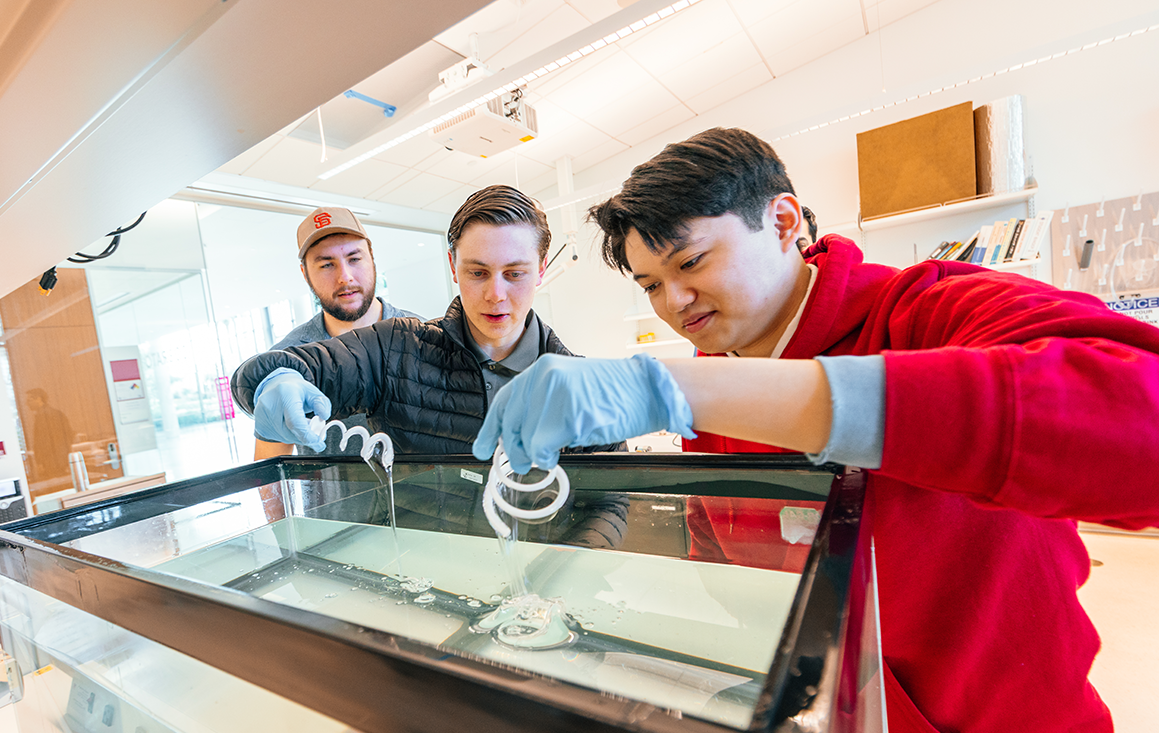
(Left to right) Hudson Gasvoda ’25, Charles Olsen ’26, and Andrew Tan ’25 test microrobot flagella models in silicon oil.
Engineering with a mission
In collaboration with Professor Roberto Zenit at Brown University, Pak and his research team at SCU are developing computer models to better understand how bacteria swim efficiently. To put their ideas to the test, they are also building larger motorized versions of bacteria—nicknamed “robobacteria”—to see how well their predictions hold up in real-world experiments.
Alongside research associates Chih-Tang Liao and Rudi Schuech, graduate students Victor Bueno Garcia ’23, M.S. ’25 and Matthew Uffenheimer M.S. ’25 are developing the mathematical and computational models that drive the research.
Using simulations in a virtual lab is key to shaping the engineering design of their robobacteria. Instead of relying on trial and error, simulations help the team pinpoint the most promising designs right from the start.
“It’s incredible how much we can learn about bacterial motion just from equations and code,” Uffenheimer says.
Complementing the computational work, undergraduate researchers Charles Olsen ’26, Andrew Tan ’25, along with doctoral candidate Hudson Gasvoda ’25 and mechanical engineering lecturer Sina Heydari, are developing an experimental platform to bring these designs to life—aiming to have a working prototype by spring.
“Since our robobacteria are at the centimeter scale instead of micrometer scale, we use highly viscous silicone oil to recreate the same physical conditions that bacteria experience in their microscopic world,” Gasvoda explains.
As undergrads, Tan and Olsen have expressed a deep gratitude for the amount of hands-on experience they’ve gained with this project—experiences that undergrads at large research institutions don’t usually have access to—with Tan deciding to continue working on this project by pursuing graduate studies at SCU.
Providing career-defining research opportunities like this to students and emerging scholars isn’t the only thing that excites Pak. It’s also the fact that these engineers of tomorrow are tackling these challenges with a sense of purpose.
“Like many of the bigger research universities, we expand our science and engineering knowledge through cutting-edge research, but the Santa Clara approach goes further,” Pak says. “Our Jesuit values give us a mission, one that transforms the work into something with real impact that serves humanity.”
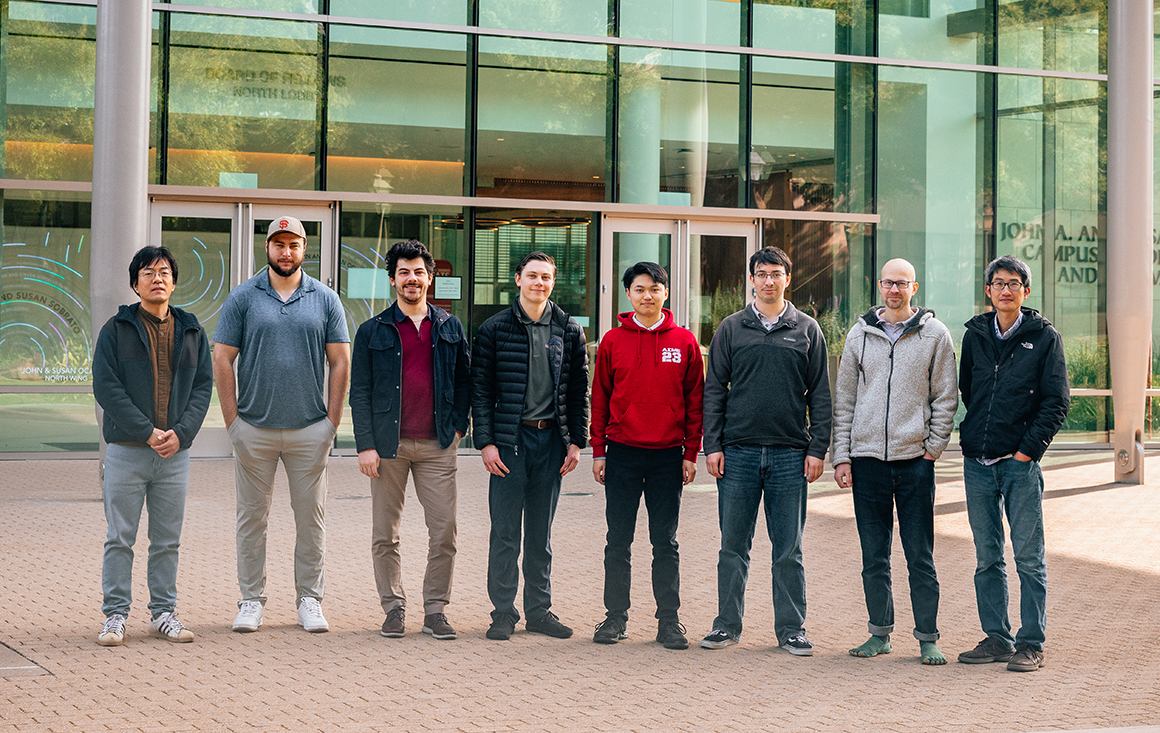
From left to right: Chih-Tang Liao, Hudson Gasvoda ’25, Victor Bueno Garcia ’23, M.S. ’25, Charles Olsen ’26, Andrew Tan ’25, Matthew Uffenheimer M.S. ’25, Rudi Schuech, and On Shun Pak
Santa Clara's Department of Mechanical Engineering applies the fields of physics, mathematics, and materials science to the design and realization of mechanical and thermal systems. For over a century, mechanical engineers have played a central role in creating the infrastructure of modern society while addressing the emerging interdisciplinary challenges of tomorrow.
